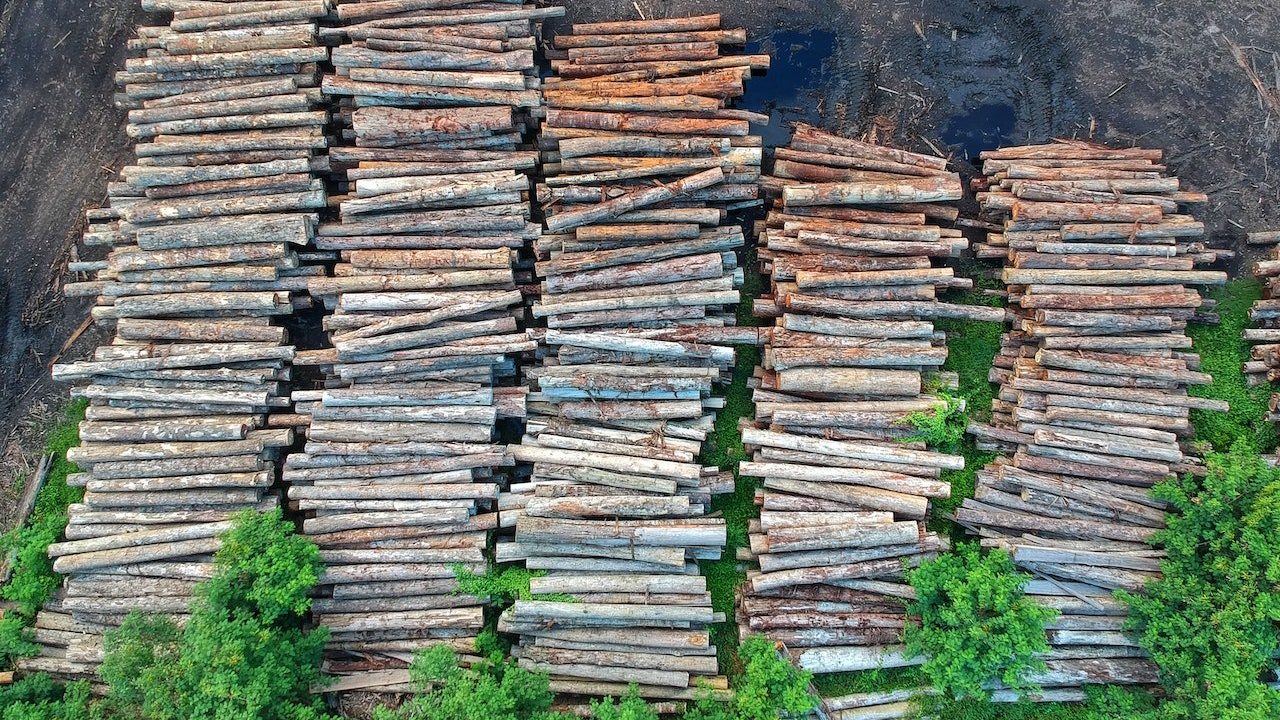Projects
Our large scale projects will enhance Nature just by few percentages but saving it will save years of efforts because as humans we can just create from whats left out
A Message From The Future
A Natural Solution to Climate Change
Our Goals for this year
Wildlife Resources Assessment for Animals in Karnataka
Introduction: The biodiversity of Karnataka, India, is rich and varied, providing habitats for a diverse array of wildlife species. This project aimed to assess the wildlife resources available for animals in Karnataka, with a focus on gathering and analyzing relevant data to better understand the status and needs of wildlife in the region.
Objectives:
- To identify the key wildlife species present in Karnataka.
- To assess the habitat availability and suitability for wildlife across different regions of Karnataka.
- To evaluate the threats and challenges faced by wildlife populations in Karnataka.
- To propose recommendations for conservation and management strategies based on the assessment findings.
Methodology:
Data Collection:
- Collection of existing data from government reports, scientific literature, and databases.
- Field surveys conducted in various wildlife reserves, sanctuaries, and protected areas across Karnataka.
- Collaboration with local wildlife experts, researchers, and conservation organizations to gather firsthand information.
Data Analysis:
- Compilation and organization of collected data regarding wildlife species, habitats, and threats.
- Spatial analysis using Geographic Information Systems (GIS) to map wildlife distributions and habitat suitability.
- Statistical analysis to quantify population trends and assess the impact of human activities on wildlife.
Results:
Wildlife Diversity: Karnataka is home to a wide range of wildlife species, including:
- Mammals: Tigers, elephants, leopards, sloth bears, etc.
- Birds: Indian roller, Malabar trogon, painted stork, etc.
- Reptiles: King cobra, Indian python, mugger crocodile, etc.
Habitat Assessment: Different regions of Karnataka exhibit varying levels of habitat suitability for wildlife, with major habitats including:
- Tropical forests: Western Ghats, Bandipur National Park, Dandeli Wildlife Sanctuary.
- Grasslands: Nagarhole National Park, Bhadra Wildlife Sanctuary.
- Wetlands: Ranganathittu Bird Sanctuary, Kabini Reservoir.
Threats to Wildlife: Major threats to wildlife in Karnataka include:
- Habitat loss and fragmentation due to deforestation and urbanization.
- Human-wildlife conflict, particularly with elephants and leopards.
- Poaching and illegal wildlife trade.
- Pollution and degradation of water bodies.
Recommendations:
- Strengthen habitat conservation efforts through the establishment of wildlife corridors and the protection of critical habitats.
- Implement measures to mitigate human-wildlife conflict, such as the development of early warning systems and community-based conservation initiatives.
- Enhance anti-poaching efforts through increased patrolling and law enforcement measures.
- Promote public awareness and education programs to foster a culture of wildlife conservation among local communities and stakeholders.
- Encourage sustainable development practices that minimize environmental impact and promote coexistence with wildlife.
Recent Events

Forest Conservation

Tree Plantation


